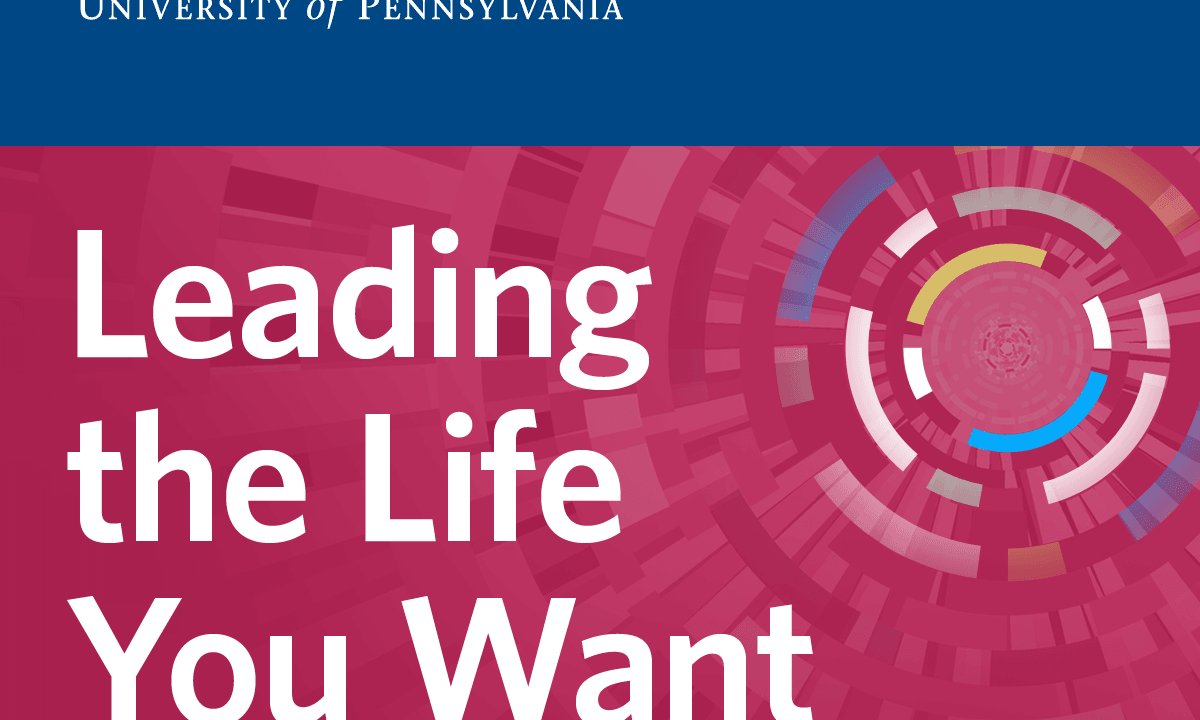GRATIS
Case Western Reserve University vía Coursera
GRATISLeading Positive Change through Appreciative Inquiry
Acerca de este curso
- What is Appreciative Inquiry & Why do I care?
- Week One defines what Appreciative Inquiry (AI) is and frames it among the growing trend of “strength-based” approaches to human development and organization change. This strength-based perspective is viewed in contrast with deficit-based change which is reportedly successful less than 30% of the time. The unintended consequences of deficit or problem-based change approaches are discussed in contrast with the focus on using strengths to create shared positive images of future possibilities that underlies the AI theory and method.
- Week 2
- Week Two underscores the “power of the positive question” and story-telling as effective ways to engage stakeholders in change efforts. Participants in the course are guided to conduct an “appreciative interview” in order to experience the impact of “best past” questions and sharing stories that evidence strengths in action. The fatefulness of the questions leaders ask is demonstrated as a foundational principle in AI.
- Week 3
- Week Three introduces the AI change method in the form of the “4-D” Cycle. The Discovery, Dream, Design and Destiny phases are described and we see a video example of an appreciative leader reconnecting his organization with their core strengths. This is the outcome of the Discovery Phase and sets the foundation for having multiple stakeholders or team members “dream” or imagine new, positive possibilities for the future. The ability to begin change with a discovery of past strengths in action – or emphasizing stability-in-change - is discussed as a key skill of appreciative leaders.
- Week 4
- Week Four explores the foundational principles of AI and some of the supporting research and literature that demonstrate the power of positive questions, the relationship between positive future images and our actions, and the importance of positive emotions. These findings converge in a strong implication for leaders that they need to create work spaces that emphasize a 4:1 or greater imbalance of positive imagery over negative or deficit imagery in daily interactions and conversations. The link to the one of the core foundational principles that “words create worlds” is demonstrated.
- Week 5
- Week Five discusses Topic Choice – or the reframing of problems into affirmative opportunities – as the starting point for AI interventions. A case study of a trucking company is presented, including video, to show how an organization moves from Topic Choice through the Ai 4-D Cycle to launch and sustain positive changes that lead to improved profitability and a transformed union-management culture.
- Week 6
- Week Six integrates the concepts and ideas from prior weeks through another case study of safety improvement in a steel mill where the outcome from applying the AI approach was unexpected and reinforces a primary proposition in AI that “words create our worlds.” A summary of ideas for how leaders can begin to experiment with AI are summarized along with suggestions for “being” - not just “doing” – Ai in one’s daily life.
Cursos relacionados

GRATIS Aprendiendo a aprender: Poderosas herramientas mentales…
Deep teaching solutions
Español

GRATIS Programación para todos (Introducción a Python)
University of Michigan
Inglés

GRATIS The Science of Well-Being
Yale
Inglés

GRATIS Negociación exitosa: Estrategias y habilidades esenciales
University of Michigan
Inglés

GRATIS Primeros Auxilios Psicológicos (PAP)
Universitat Autónoma de Barcelona
Español



